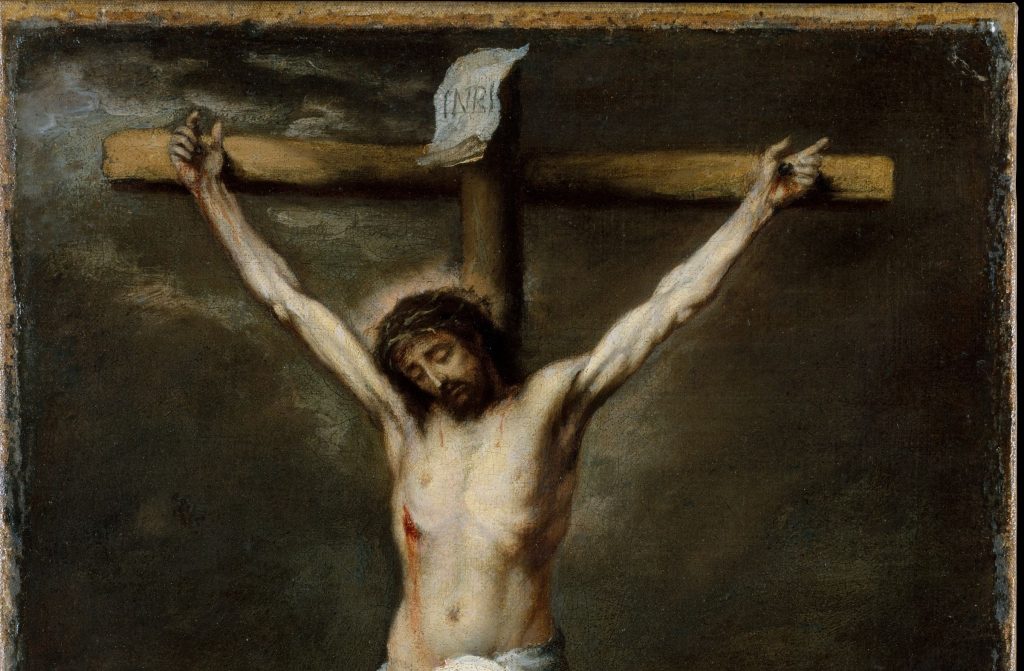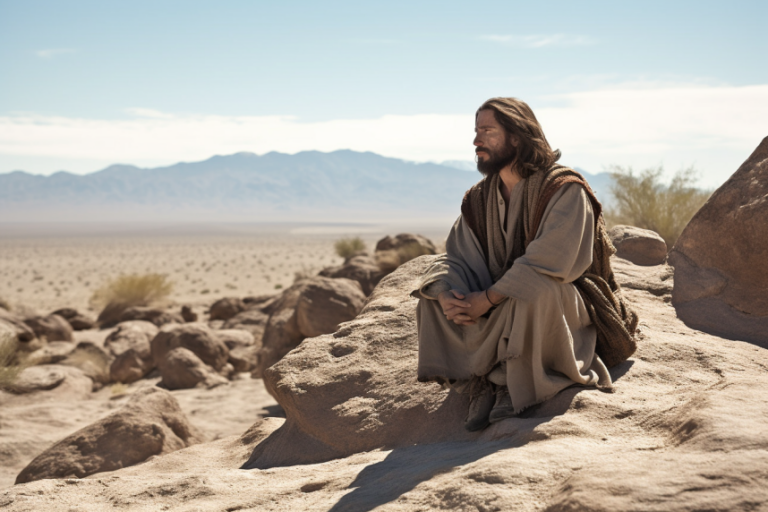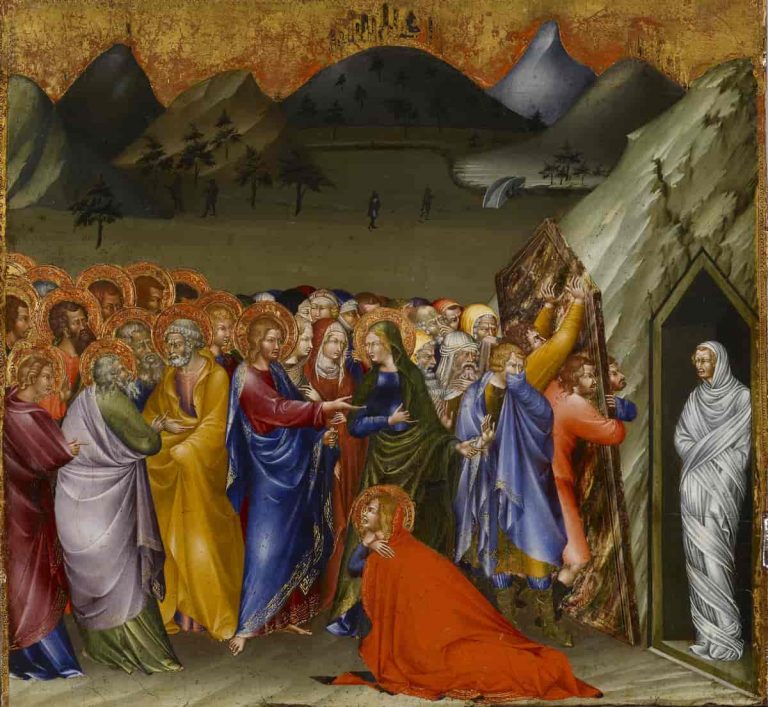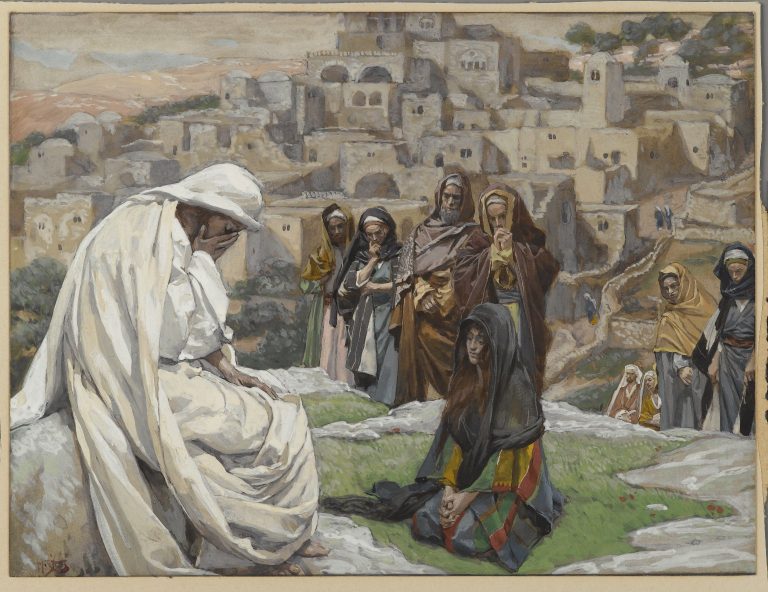Decoding the Bible: How Many Years Ago Did Jesus Die and Its Significance
The death of Jesus Christ is a pivotal event in Christianity and has shaped the course of human history. As the central figure of the Christian faith, Jesus’ crucifixion and subsequent resurrection are the foundation of Christian beliefs.
In this blog post, we will explore the historical context of Jesus’ life and death, determine the most widely accepted date range for his crucifixion, and calculate how many years have passed since that momentous event.

Historical Context of Jesus’ Life and Death
To understand the circumstances surrounding Jesus’ death, it is essential to examine the historical context of his life. Jesus lived during a time when the Roman Empire ruled over the region, and its influence was felt in every aspect of daily life.
The Roman Empire
- Ruled over a vast territory, including the land of Israel
- Governed by a complex system of laws and bureaucracy
- Maintained control through military force and political alliances
Key Figures and Events
- Herod the Great: King of Judea, appointed by the Roman Senate
- Pontius Pilate: Roman governor of Judea, responsible for Jesus’ crucifixion
- The Jewish Sanhedrin: The high council of Jewish leaders, who played a role in Jesus’ trial and condemnation
| Key Figure | Role in Jesus’ Life and Death | Historical Significance |
|---|---|---|
| Herod the Great | King of Judea | Appointed by the Roman Senate, known for his architectural projects and brutal rule |
| Pontius Pilate | Roman governor of Judea | Ordered Jesus’ crucifixion, a key figure in the trial of Jesus |
| The Jewish Sanhedrin | High council of Jewish leaders | Played a role in Jesus’ trial and condemnation, influential in Jewish society |
By examining the historical context and key figures involved in Jesus’ life and death, we can gain a deeper understanding of the events that led to his crucifixion and the impact it had on the development of Christianity.
The Crucifixion of Jesus
The crucifixion of Jesus is a well-documented event in both biblical and non-biblical sources. The process of crucifixion was a brutal and humiliating form of execution used by the Romans to maintain control over their subjects. As we delve into the events leading up to Jesus’ crucifixion, we can begin to grasp the gravity of the situation and the profound impact it had on those who witnessed it.
Jesus’ entry into Jerusalem marked the beginning of a series of events that would ultimately lead to his death. As he rode into the city on a donkey, crowds gathered to hail him as the Messiah, laying palm branches before him in a sign of reverence. This triumphant entry set the stage for the dramatic events that would unfold in the days to come.
The Last Supper, a poignant moment shared between Jesus and his disciples, was a time of reflection and preparation for the challenges that lay ahead. During this meal, Jesus broke bread and shared wine with his followers, symbolizing his body and blood that would soon be sacrificed for the sins of humanity. He also foretold his betrayal by one of his own disciples, a prophecy that would soon come to pass.
In the Garden of Gethsemane, Jesus experienced a moment of intense anguish as he prayed and wrestled with the knowledge of his impending death. It was here that Judas Iscariot, one of his disciples, betrayed him with a kiss, leading to his arrest by the Roman authorities. This act of betrayal set in motion the final events that would culminate in Jesus’ crucifixion.
Determining the Date of Jesus’ Death
Pinpointing an exact date for Jesus’ death is challenging due to discrepancies in historical records and the use of different calendar systems. However, scholars have used various methods to estimate the most likely date range for his crucifixion, allowing us to better understand the timeline of this pivotal event.
One approach taken by scholars is to analyze biblical accounts and historical records, searching for clues that might help narrow down the timeframe of Jesus’ death. By examining the reigns of key figures such as Pontius Pilate and Herod the Great, as well as the political climate of the time, researchers can piece together a more accurate picture of when Jesus’ crucifixion may have occurred.
Another method involves examining astronomical data, such as lunar eclipses and the timing of the Jewish Passover. Since the Bible mentions that Jesus was crucified during the Passover festival, scholars can cross-reference this information with known astronomical events to further refine the estimated date range.
Finally, cross-referencing events mentioned in the Bible with known historical events can also provide valuable insights into the timing of Jesus’ death. For example, the Bible states that Jesus was born during the reign of Herod the Great, who died in 4 BC. This information, combined with other historical data, helps to narrow down the possible timeframe for Jesus’ crucifixion.
Through the diligent efforts of scholars and researchers, we can gain a clearer understanding of when Jesus’ death likely occurred, allowing us to appreciate the historical significance of this event and its impact on the development of Christianity.
Calculating the Number of Years Since Jesus’ Death
To calculate the number of years since Jesus’ death, we must consider the estimated date range and the calendar system used in modern times. The Gregorian calendar, introduced by Pope Gregory XIII in 1582, is the most widely used civil calendar today. It replaced the Julian calendar, which had inaccuracies in its calculation of leap years.
Using the Gregorian calendar and the estimated date range of 30-33 AD for Jesus’ crucifixion, we can calculate the number of years since his death:
| Year of Crucifixion | Calculation | Years Since Jesus’ Death |
|---|---|---|
| 30 AD | 2022 – 30 | 1,992 years ago |
| 33 AD | 2022 – 33 | 1,989 years ago |
Therefore, Jesus likely died between 1,989 and 1,992 years ago.
The Significance of Jesus’ Death in Christianity
The death of Jesus holds immense theological importance for Christians, as it is believed to have paved the way for humanity’s salvation. Jesus’ crucifixion and resurrection are central to Christian teachings and have had a profound impact on the development of the faith.
Jesus as the Savior
- Jesus’ death is seen as a sacrifice for the sins of humanity
- His crucifixion fulfilled Old Testament prophecies and established a new covenant between God and humanity
- Jesus’ resurrection demonstrated his victory over death and sin
The Impact on Christianity
- Jesus’ death and resurrection became the central focus of Christian teachings, shaping the core beliefs of the faith.
- The crucifixion inspired the development of various Christian rituals, such as the Eucharist, which commemorates Jesus’ Last Supper with his disciples.
- The story of Jesus’ death and resurrection has been a source of hope and inspiration for countless believers throughout history, providing a foundation for their faith in the face of adversity.
- The events surrounding Jesus’ death have been the subject of numerous artistic and literary works, reflecting the profound influence of his crucifixion on Western culture and thought.
By understanding the significance of Jesus’ death in Christianity, we can appreciate the enduring impact of this event on the lives of believers and the development of the Christian faith.
Conclusion
In conclusion, understanding the timeline of Jesus’ death is a complex task that requires a careful examination of historical, religious, and cultural contexts.
By considering various sources and interpretations, we can gain a deeper appreciation for the significance of Jesus’ death in Christianity and its impact on the world. While the exact number of years ago that Jesus died may remain a subject of debate, the importance of his teachings, sacrifice, and resurrection continues to inspire and guide millions of people around the globe.
As we reflect on the life and death of Jesus, let us also remember the lessons of love, compassion, and forgiveness that he embodied and strive to apply them in our own lives.

Sangtea Hmar is a passionate leader of the Youth Christian Fellowship at the Electric Vengthlang Presbyterian Church in Aizawl, Mizoram, India. He is the owner of Christiantone.com and is committed to spreading the word of God. He loves to mentor youth and help them grow in their faith.






